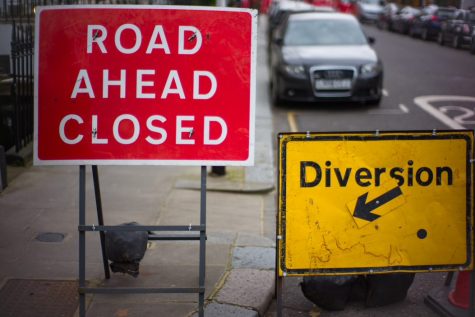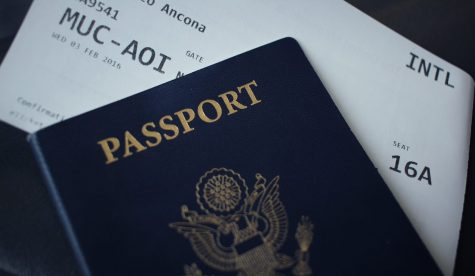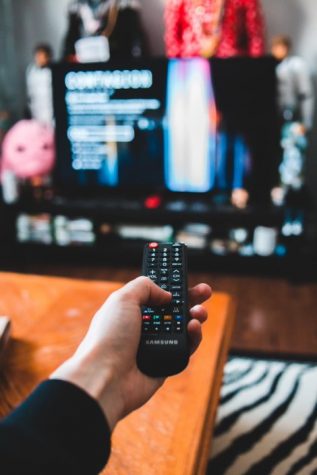Should University Students be Required to Wear Masks?

September 14, 2020
Since the beginning of COVID-19, health organizations and disease centers have been very controversial about whether masks are effective in reducing the rate of infection. Recently, the Centers for Disease Control and Prevention (CDC) and the World Health Organization (WHO) have shifted their guidelines and now recommend masks for the public due to the rise in asymptomatic cases and pre–symptomatic individuals. Universities, including UND are following these guidelines.
Along with wearing masks, UND has put other precautionary measures in place to keep their students safe. When being instructed in an on-campus learning facility, class sizes are significantly reduced, and students are socially distanced throughout rooms. Designated seating is designed for peers to be spaced out at group tables and properly distanced.
At these times, after a student has entered the classroom and has been seated in their appropriately assigned seat, a student should be allowed to remove their mask. The proper social distancing placements are in effect. Unlike elementary students, university students know to stay in their seats. They should be able to remove their mask while they are learning and be trusted to put it back on when they exit their seat. Masks are uncomfortable, itchy, and can cause painful acne breakouts when worn for an extended period.
Masks can be highly distracting as well. Students and professors are constantly adjusting them while they are speaking, distracting themselves while attempting to learn and teach. Adjusting a mask for hours on end while in class also means extensive hand to face contact. Normally, individuals touch their faces about 20 times per hour with their hands. This doubles if not triples when feeling the constant need to adjust a mask. The CDC recommends little to no touching of the face while COVID-19 is in high effect.
Given the older age of professors, they are more susceptible to COVID-19. The university has special precautions in place for instructors. They are placed at the front of classrooms, several meters from students, teaching behind glass screens. Professors are required to stand within the placed tape-bound perimeter in order to keep everyone safe in the classroom. Upon entering the classroom, they sanitize keyboards and commonly touched surfaces.
Many professors have adapted the hybrid model for their classroom, meaning they teach students in-person and online, simultaneously. Professors often face the students present in class with the computer microphone a distance away from them. Sometimes, the microphone is to the back of the professor, as they are turned to face the students in their seats. This makes it incredibly hard for the online students to hear the professor teach. Furthermore, the professors voice is then muffled by a mask. This is obviously unproductive to the online students learning and makes the hybrid model of class, less effective.
Social distancing cannot be practiced in hallways, entrance ways, and cafeteria lines. However, the extensive social distancing and sanitization measures taken in classrooms should give the students permission to remove their masks when learning. This is more comfortable, less distracting, and online students can learn properly from their professors.
Brooke Kruger is a Dakota Student Opinion Writer. She can be reached at [email protected].











